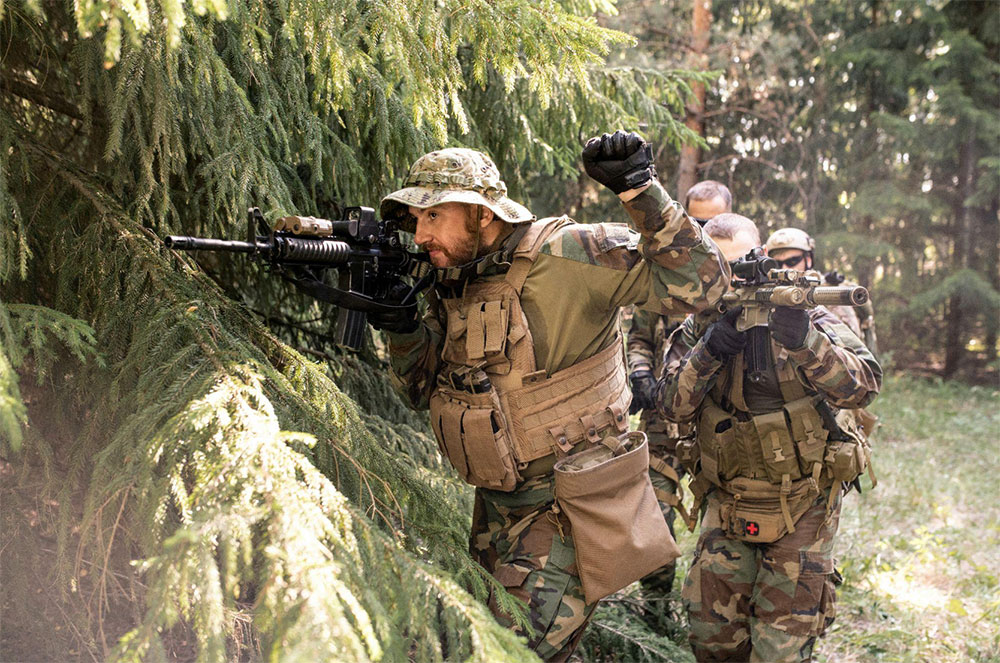Tactical leadership is a dynamic and demanding field that requires a unique combination of strategic thinking, adaptability, and emotional intelligence. Leaders operating in these environments face high-pressure situations where decisions must be made quickly and effectively, often with limited information.
According to Douglas Siemonsma, the tactical leader’s role extends beyond just managing tasks; they are responsible for ensuring team cohesion, fostering trust, and maintaining morale even under extreme stress.
In an era of evolving challenges and technological advancements, tactical leaders must balance traditional leadership principles with the integration of cutting-edge tools to achieve mission success.
Understanding Tactical Operations Leadership
Tactical operations leadership involves guiding teams through high-stakes situations that demand precision, quick thinking, and sound judgment. It is a specialized form of leadership often seen in environments such as law enforcement, military operations, and emergency response, where every decision can have significant consequences. Leaders in these roles must possess the ability to adapt to constantly changing conditions while maintaining a clear focus on objectives.
This type of leadership requires a unique blend of skills, including effective communication, strategic planning, and emotional intelligence. A tactical leader must inspire confidence within their team while fostering collaboration, even under extreme pressure.
Key Responsibilities of Tactical Leaders
Tactical leaders bear the weight of ensuring that operations are carried out efficiently and safely, often within high-pressure environments. Their primary responsibility is to plan and execute missions with precision, balancing the demands of the task with the well-being of their team. Whether coordinating a search-and-rescue mission or managing a complex crisis response, their ability to anticipate challenges and allocate resources effectively can mean the difference between success and failure.
Beyond operational planning, these leaders are tasked with maintaining team cohesion. Clear communication and the ability to delegate tasks appropriately are essential to keeping teams aligned toward a common goal. In high-stakes scenarios, such as managing a hostage situation or controlling a wildfire, tactical leaders must not only focus on immediate objectives but also remain vigilant about long-term outcomes.
Overcoming Challenges in Tactical Operations
Tactical leadership often comes with an array of challenges, from making split-second decisions to navigating unpredictable scenarios. Leaders in these environments must contend with limited information, high stress, and constrained resources, all while ensuring their teams remain focused and motivated.
In volatile situations, such as disaster response or combat, quick thinking and adaptability are indispensable traits that allow leaders to pivot strategies as circumstances evolve.
Another significant hurdle is balancing the mission’s objectives with the welfare of the team. Tactical leaders are often required to make tough calls that prioritize the safety of the group while still achieving operational goals.
Strategies for Effective Leadership in Tactical Environments
Effective leadership in tactical settings hinges on the ability to develop situational awareness and make informed decisions under pressure. Leaders must assess dynamic environments quickly, identifying risks and opportunities while maintaining clarity of purpose.
In intense scenarios, such as urban search-and-rescue missions or high-risk law enforcement operations, this capability ensures that teams can respond fluidly to unforeseen challenges. A leader’s foresight and ability to adapt strategies in real time can often determine the outcome of critical operations.
Building trust within the team is another cornerstone of tactical leadership. Transparent communication, active listening, and a shared sense of purpose foster cohesion and mutual respect. Teams that trust their leader are more likely to perform effectively, even in the face of adversity.
Leveraging Technology in Tactical Leadership
Modern technology has revolutionized how tactical leaders approach operations, offering tools that enhance decision-making and efficiency. Advanced communication systems, for example, allow teams to stay connected and coordinated across dynamic and often unpredictable environments. Surveillance drones and real-time data analytics provide leaders with actionable insights, enabling them to strategize with greater precision and accuracy. These innovations have become indispensable in scenarios ranging from disaster relief efforts to counterterrorism operations.
The integration of technology has also reshaped the way leaders train and prepare their teams. Simulated environments, powered by virtual and augmented reality, provide immersive experiences for developing critical skills.
These tools enable leaders to expose their teams to realistic challenges in a controlled setting, sharpening their ability to respond under pressure. By staying ahead of technological advancements, tactical leaders ensure they remain equipped to handle the complexities of modern-day operations.
Building and Mentoring Future Tactical Leaders
Cultivating the next generation of tactical leaders is a responsibility that requires dedication and vision.
By prioritizing mentorship and fostering a culture of continuous learning, seasoned leaders can pass on essential knowledge and skills. This process involves more than just teaching operational tactics; it includes instilling values like resilience, adaptability, and integrity. Through mentorship programs, leaders can shape individuals who are not only technically proficient but also capable of inspiring trust and confidence in their teams.
Training future leaders involves exposing them to real-world challenges in controlled environments, allowing them to gain hands-on experience while refining their decision-making abilities.






